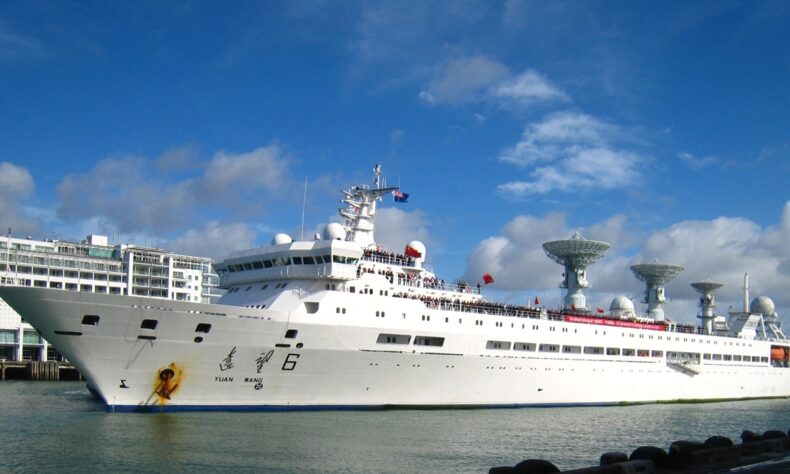China’s claim over 19 sea beds in the Indian Ocean threatens India’s sovereignty in the region.
China’s intentions on expanding its territory were seen clearly on April 1, 2024, when it took to naming underwater sea beds in the Indian Ocean. Six features are off the coast of Oman, the Chinese port of Djibouti in Africa and four off the coast of Madagascar. Such claims have a direct impact on India’s sovereignty in the region.
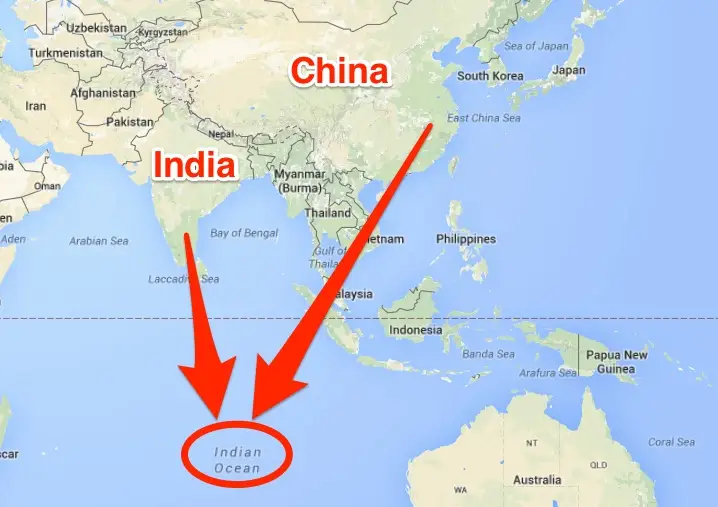
Earlier, under China’s leader Xi Jinping, they renamed 11 topographical regions in Arunachal Pradesh. New Delhi immediately rejected this list. After the rejection of the Arunachal Pradesh territories, they moved on to rename 19 sub-surface features in the Indian Ocean. While China has renamed underwater features in other maritime zones, this is the first time in Indian territory.
These sub-surface features are 2000 kilometres from the Indian Peninsula, situated in the South Indian Ocean. Chinese media claims that this is a display of their ‘soft power’ with the marking of territory far from the mainland.
The China Ocean Mineral Resources R&D Association (COMRA) has been awarded a 15-year exploration contract in the southwest ridge of the Indian Ocean. India has also been awarded an exploration contract in the region for polysulphide modules, a precious metal.
Names of the sub-surface features
In late March, the People’s Liberation Army Navy (PLAN) renamed five underwater features after musical instruments. The names include Huapengu Sea Knoll, Tang Drum Sea Knoll, etc. China claims that if future proposals for underwater sea features are approved, they will be named after ancient Chinese names such as Plum Dye, Moon White etc.
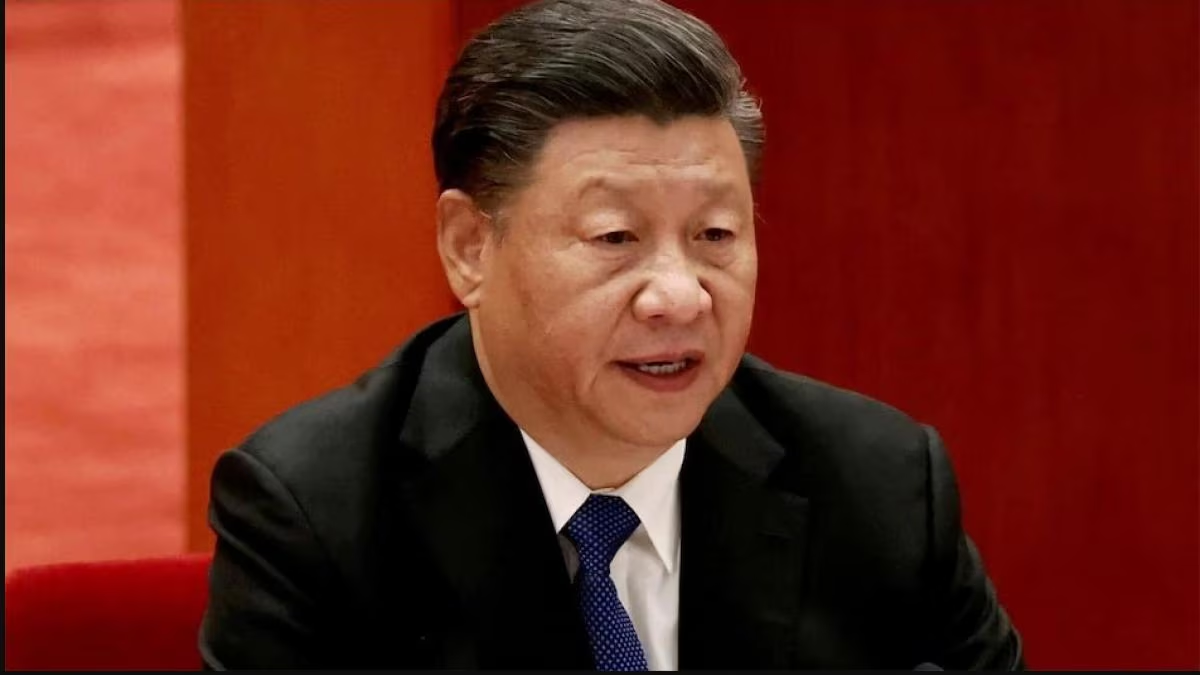
The recent sea bed discoveries were named Bangu Knoll, Langzhangg Hill, Shugu Hill, Tangu Hill, etc. by the China Navy Hydrographic Office. Other features, including Yaogu Seamount, Houxian Seamount, Sanboa Hill, Fengyan Seamount, etc., were proposed by COMRA and approved by Beijing under Xi Jinping’s regime.
The PLA Navy has also been involved in naming these submarine features.
Discovery of sub-surface features
All sea features discovered by China to date were done by Chinese research vessels. These vessels include the Che Jingrun Hao and other research vessels. The ocean bed surveillance was done by 877 Hao vessels, such as Zhu Kezhen Hao, Li Singuang Hao, Qianglong Erhao, etc.
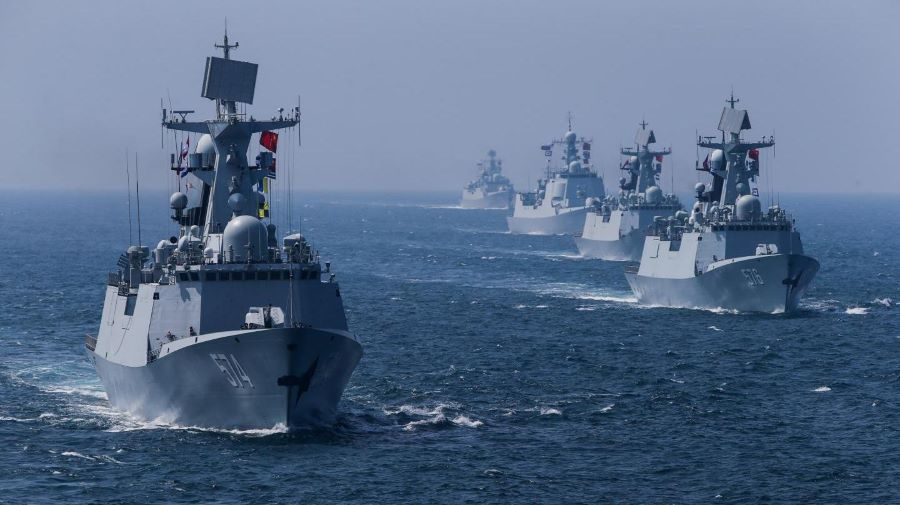
The PLA Navy is the largest in the world, with state-of-the-art technology. The Indian Navy will closely monitor all foreign vessels in Indian territory due to increased sightings in the region.
China’s claim of foreign territory
A South Block official claims that the renaming of territory in Arunachal Pradesh and the Indian Ocean is reflective of the Middle Kingdom mentality, i.e., China believes that it is the civilized centre of the world. This is backed by the Communist Party of China (CPC). They also claimed that all diplomats stationed there were given Mandarin names while presenting their papers. This reflects the erasure of the identity of foreign individuals in China.
A former national security official and Indian Foreign Minister states that China’s claim over Arunachal territory is to showcase that it is a disputed region, the same as Zhangnan or South Tibet by Beijing. However, the claims over the Indian Ocean territory are to show dominance in the Indo-Pacific region.
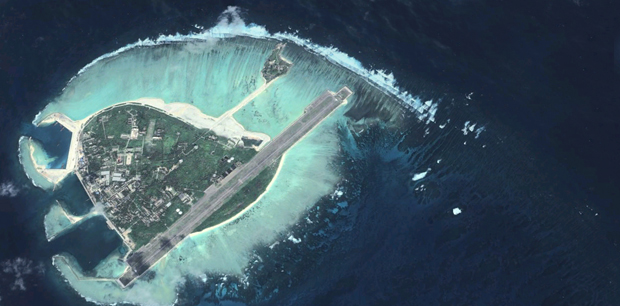
Before China had claimed the South China Sea, it had started to lay claim to islands such as the Woody Islands, which were renamed Sansha City.
New Delhi officials and other concerned nations have taken note of such unlawful claims over foreign territory and will present an answer soon.







